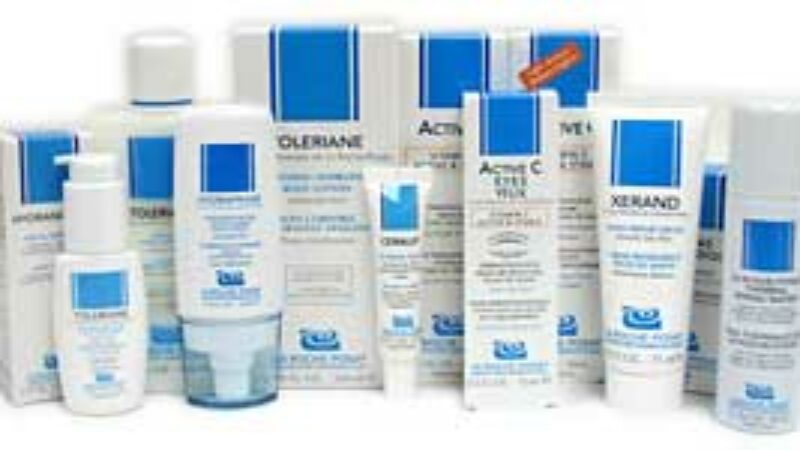Without knowing your skin type, it’s difficult to know which skin care products will provide the most benefit. In fact, you may be using products that can aggravate your skin. For example, if you have naturally oily skin, some moisturizers may clog your pores and cause trapped sebum to oxidize, creating blackheads. On the other hand, many products can cause further dehydration to naturally dry skin. Today, I’ll explain how to accurately determine your skin type so you’ll know which products are most appropriate for your face and body.
Wait After Washing
It’s tempting to look in the mirror immediately after washing your face to note whether your skin is dry or oily. However, doing so can be misleading. Your face may look normal minutes after washing, but look differently hours later. It’s best to wait a few hours after washing your face to allow your skin to present signs of dryness or oiliness.
Checking For Oiliness
As you’re looking at your face in the mirror, try to identify areas that shine more than others. It’s possible that certain areas of your face will manifest signs of oiliness while other areas seem normal or even dry. Use a tissue to dab those areas that are shiny. At this point, it’s still difficult to know for certain whether your skin is oily. Wait a few hours and look at your face in the mirror again. If you notice those same areas are shiny, it’s likely that your skin is at least slightly oily.
Checking For Dryness
Dry skin is usually simple to identify. After washing your face, it may feel mildly tight. Also, while looking in the mirror, you may notice that your face looks dehydrated or lusterless and has a rough feel to it. Several hours after washing, you might experience minor itching, peeling or flaking.
A common cause of dry skin is excess exposure to the sun’s UV rays. The problem is that the effect can go unnoticed because visible signs can take years to fully manifest. This is the reason why it’s important to diligently use sunscreens that are formulated to provide wide spectrum protection from UVA and UVB rays.
Checking for Sensitivity
In addition to having normal, dry, oily or combination skin, your skin may also be sensitive. If this is the case, you may notice areas of redness. In addition, you may not tolerate skin care products very easily, with some being more problematic than others. If this is the case, pay close attention to ingredients. Avoid those that irritate skin and stick to those that you tolerate well. You will have to diligent in your pursuit of skin care products for your skin, but your research will pay off in the end.
Using The Right Skin Care Products
Once you have accurately identified your skin type, you can begin using the right skin care products with confidence. However, it’s important to understand that your skin type can shift from dry to oily based upon a number of factors, including exposure to the weather as well as physiological influences. As well, different parts of your face may have different skin types. The combination skin type – oily t-zone with dry cheeks – is a case in point. The key is knowing how to identify the needs of your skin so you can apply products that offer the most benefit. Your skin needs will change through the seasons and over the years so don’t be afraid to switch things up if your current skin care products aren’t working for you.




